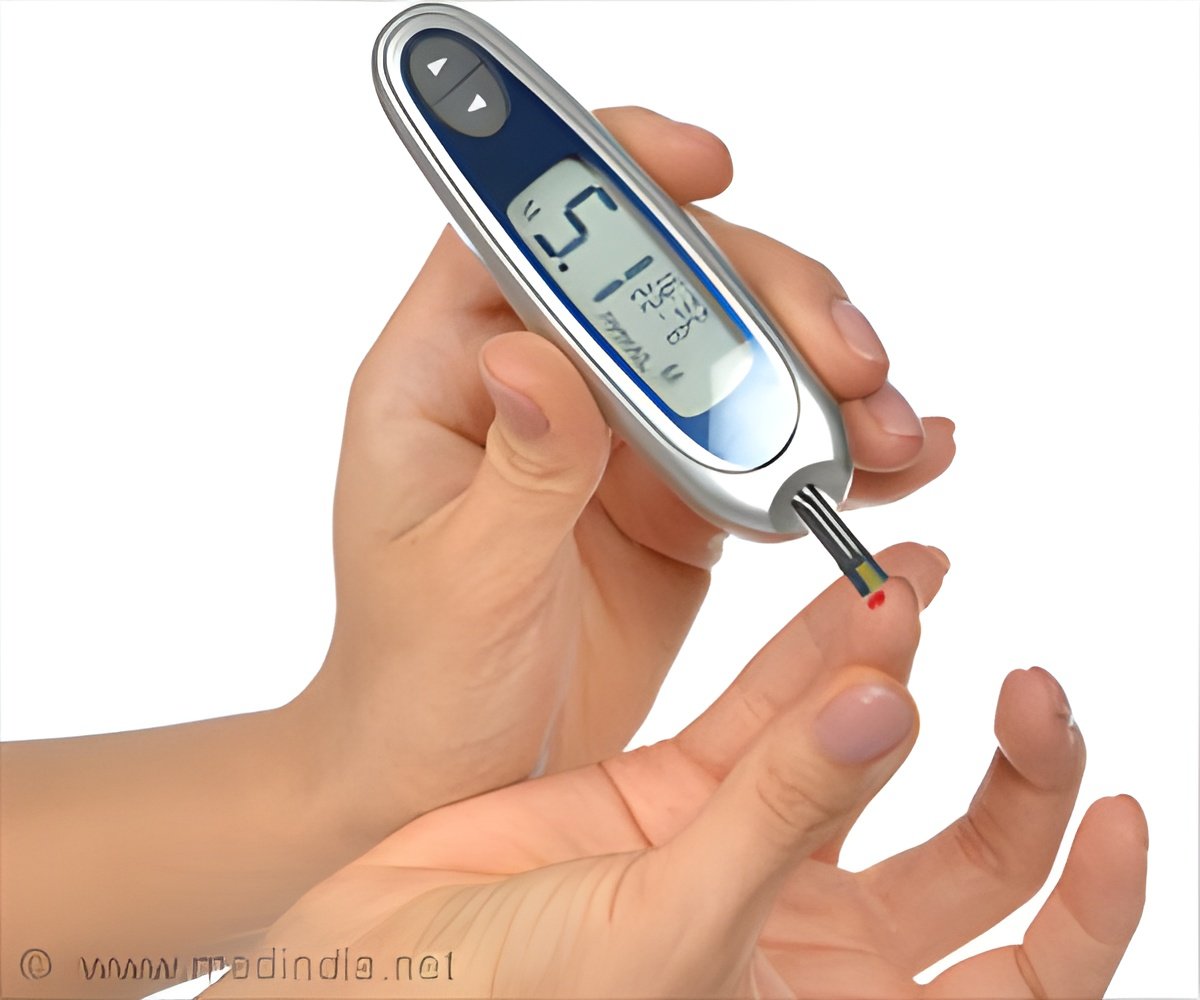Diabetes is just exploding and is a major public health problem. Scientists say that environmental factors and heavy metals such as cadmium could possibly increase the incidence of diabetes.

The Third National Health and Nutrition Examination Survey (NHANES 1988–1994) in the United States showed a link between cadmium exposure and pancreatic cancer and found some evidence that cadmium might be associated with increased risk of diabetes. The authors conducted a cross-sectional study to show that the urinary cadmium level was associated with impaired fasting glucose (IFG) and diabetes. There are a numerous physiological mechanisms by which cadmium could alter blood glucose levels. It could affect glucose metabolism by acting on a variety of different organs such as pancreas, liver, adipose tissue and the adrenal gland.
Another study was conducted by Yan Borne et al which was published in the journal Plos One. The purpose of their study was to explore if elevated blood cadmium levels are associated with increased incidence of diabetes in middle-aged, normal men and women. 4585 subjects in the age group of 46 to 67 years, who had no prior history of diabetes participated in the study. These participants participated in the Malmö Diet and Cancer study during 1991–1994. Blood cadmium levels were reportedly estimated from hematocrit and cadmium concentrations in erythrocytes.
It was seen that a total of 622 individuals (299 men and 323 women) had diabetes during a mean follow-up of 15.2±4.2 years. It was also observed that baseline HbA1c was positively associated with cadmium (4.7% vs 4.9% for men and 4.7% vs 5.0% for women in the 1st compared to 4th quartile, p<0.001).
The results of the study showed that blood cadmium was associated with HbA1c but there was no significant relationship between cadmium and levels of blood glucose and serum insulin. Elevated blood cadmium levels were not seen to be associated with increased incidence of diabetes. The positive association between HbA1c and blood cadmium levels are most likely related to erythrocyte turnover and smoking. Further study is needed in this field to conclusively prove Cd-induced changes in blood glucose levels, pancreatic β-cell damage.









